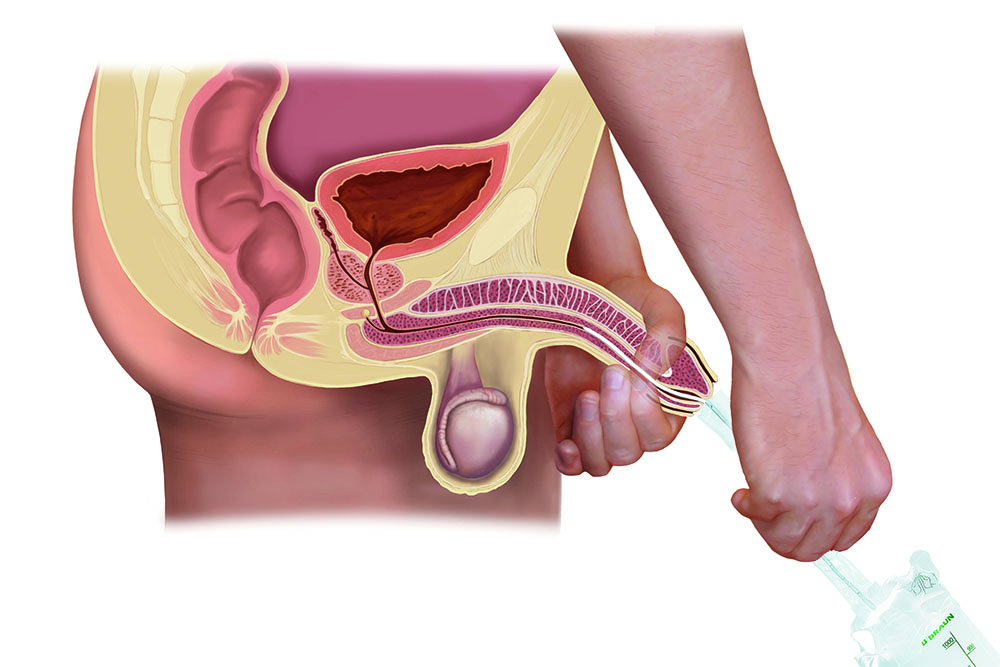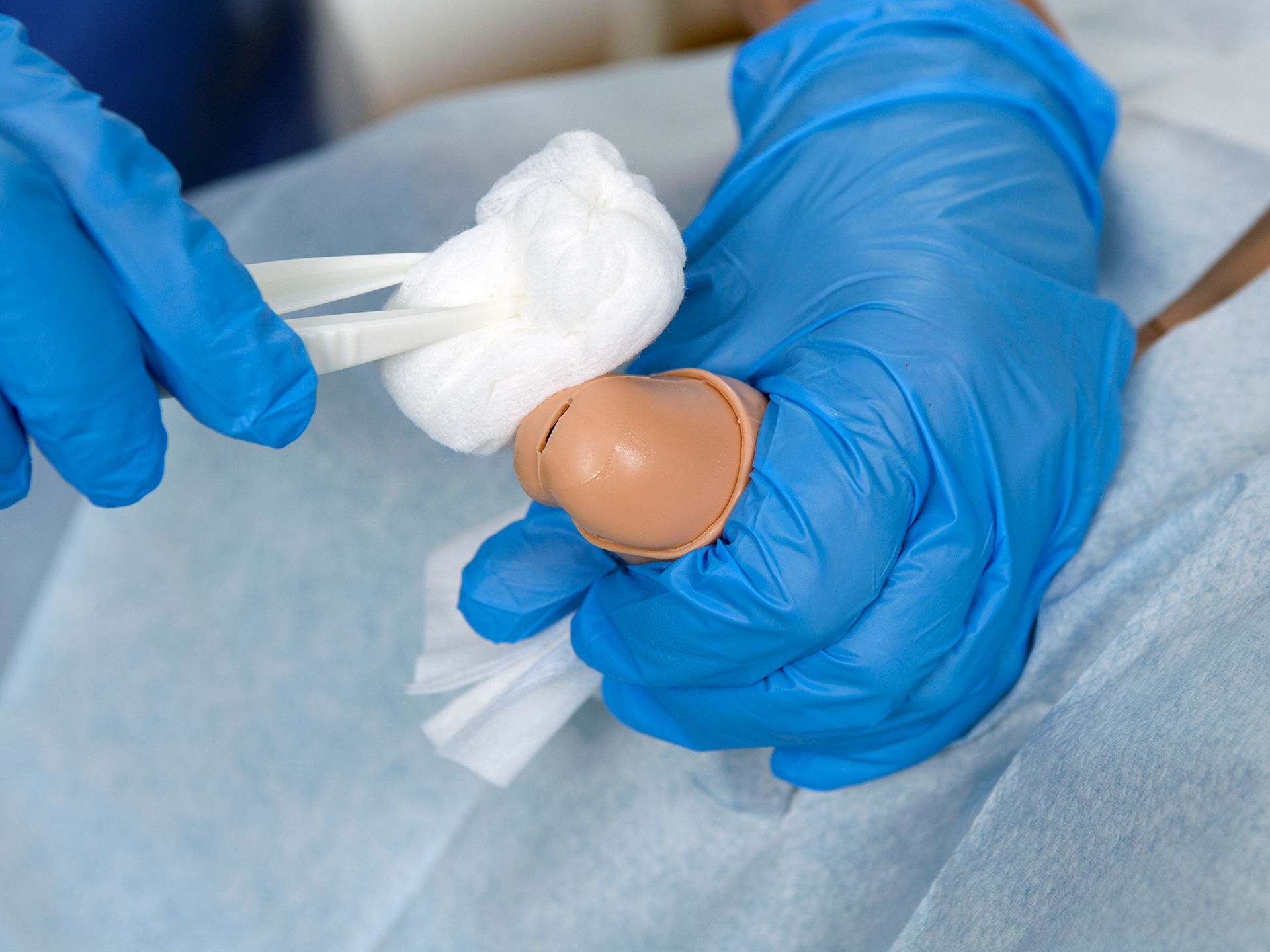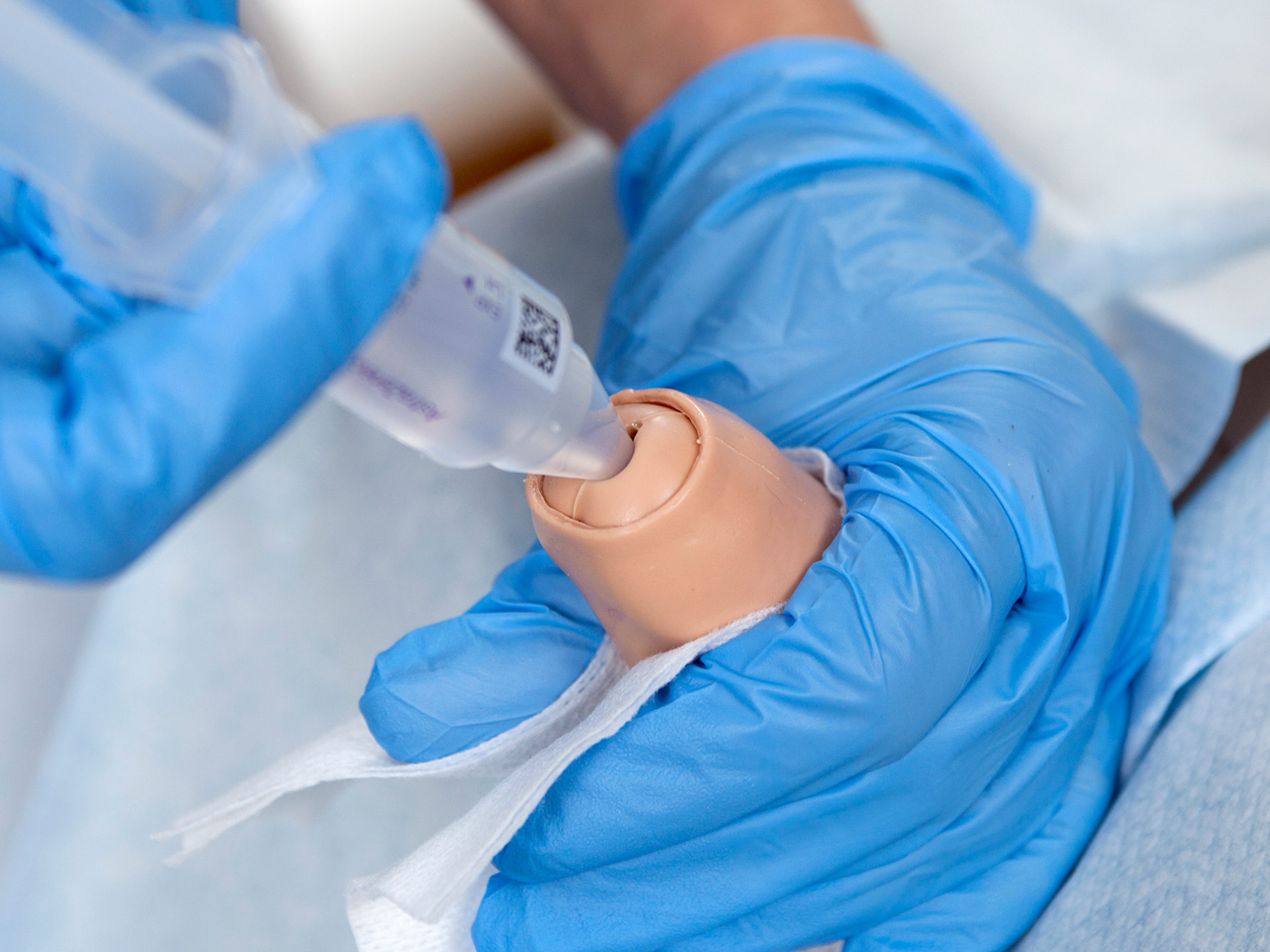how long should a man have a catheter
If changing adhesive catheters doesnt clear up the issue you might also consider trying a non-adhesive condom catheter. It often remains in place for days to weeks or it may be used permanently.

Inserting Male Catheter 2019 Fundamentals Clinical Group 4 Youtube Catheter Catheter Insertion Clinic
Hold the catheter in your dominant hand the hand you write with.
. Insert the catheter slowly and gently into your penis. Your penis should be at an angle of 60 to 90 degrees. Each sheath can be worn for up to 24 hours.
This is usually done by a doctor or nurse although sometimes it may be possible to teach you or your carer to do it. For children boys may need to use a pediatric length or longer 12-16 inch length catheter to ensure it is long enough to reach the bladder and provide complete. Your browser does not support the video tag.
You have a fever. With one hand hold your penis straight out from your body. The catheter itself will need to be removed and replaced at least every 3 months.
Pediatric length catheters typically range from 6-12 inches in length. Male length catheters are usually 16 inches in length. Make sure to stand over a toilet or a container to catch the urine that will flow from the catheter.
This catheter has built-in balanced adhesive designed to make it skin-friendly. How long an indwelling catheter can be left in place depends on what the catheter it is made of whether or not the catheter user gets frequent infections and blockages and each persons individual situation. With your other hand hold your penis.
Dial Comfort Medical at 1-844-700-8033 or fill out our contact form and a catheter specialist will call you. If you have undergone surgery in the genital area your doctor will likely insert a urinary catheter to prevent urine incontinence. Following six hours of intravenous fluids urine output increased and the patient was.
For example some users with urine retention may need to catheterize 5-6 times a day as the primary method of draining urine from the bladder. Hold the catheter in your dominate hand and slowly insert in into the urinary meatus or the small opening on the top of your penis. Long-term use is when a person uses a urinary catheter for at least 4 weeks.
When used right there are numerous advantages. Each sheath can be worn for up to 24 hours. As a last resort treatment for urinary incontinence when other types of treatment have been unsuccessful.
After surgery men will need to use a urinary catheter for at least 5 days. Catheter blockages can be a severe issue for catheter users if the tubing bends or folds restricting the flow of fluids. The charity Bladder and Bowel Community has more information on indwelling catheters.
Some cases have an additional opening 3-way catheter for bladder irrigation. Catheters usually stay in place between 2 and 12 weeks. You may need to empty your bladder more frequently if you have had more fluids to drink.
You have pain while you urinate or you feel like your bladder is not emptying completely for more than 48 hours after catheter removal. You have urinary urgency frequency or trouble urinating for more than 48 hours after catheter removal. Prior to use and when cleaning check the catheter for damage such as holes or tears and to see if its discoloured.
A Foley catheter needs to be replaced every 3 months or so. Female length catheters range from 6-8 inches in length. Here we take you through 10 tips that long-term catheter users should understand to mitigate health risks such as UTIs and blockages.
Always empty your bladder first thing in the morning and just before you go to bed at night. A urinary catheter was inserted in the emergency department and the patient initially had no urine output. In most cases it is every 4 to 6 hours or 4 to 6 times a day.
Ten Tips for Living with a Catheter. The pros and cons of using catheters for men Catheters can help men avoid risky surgeries and dangerous pharmaceuticals because they bypass the natural functionality of the body. If there are any complications the catheter may be used on a longer-term basis.
Your healthcare professional will. Use your non-dominant hand to hold your penis so it straight out in front of your body. Insert the catheter.
Once urine starts to flow push the catheter up 1 inch more and hold it in place until the urine stops. People who use a urinary catheter are at increased risk of getting an infection. For example after prostate cancer surgery most men will have a catheter for about two weeks.
Your doctor and health care team will decide how long you need to have a catheter. A suprapubic catheter is typically used after certain types of surgery such as prostate surgery that disrupt the normal flow of urine. Use a new catheter every 24 hours or 1 time per day or sooner if the one youre using.
Instead it is placed through a low abdominal incision directly into the bladder. With your other hand slowly put the catheter into the urinary meatus. Frequency of catheter changes.
Gently push the catheter about 7 to 10 inches into your penis until urine begins to come out. Depending on the reason youve been prescribed to use intermittent catheters you may only need to catheterize once a day or multiple times a day. At one end they have a balloon that is inflated inside the bladder to avoid slipping out and at the other end they have 2 openings 2-way catheter one to inflate the balloon and the second to eliminate the urine.
Depending on the type of catheter you have and why its being used the catheter may be removed after a few minutes hours or days or it may be needed for the long term. Types of urinary catheter. Manufacturers guarantee that a catheter is safe to use for a number of weeks.
If the catheter is wet or moist wash it again and rinse it really well before you use it. You are leaking urine. Ask how often you should empty your bladder with your catheter.
You do not urinate at all within 8 hours of your catheter removal. Aim your penis upward towards your abdomen belly. Comfort Medical wants you to practice safe sex.
Dont forget to talk to your doctor about birth control and protecting yourself and. There are 2 main types of urinary catheter. Unclogging a Catheter When Blockages Occur.
Urinary catheters may be used by people who have problems passing urine. Use a clean dry catheter every time. You use one of these several times a day either at scheduled times or whenever your bladder feels full.
The average man wears a catheter for between 2 and 12 weeks. Insert the catheter slowly.

Urinary Catheter 101 Types Uses Care Tips Homage

Catheter Associated Urinary Tract Infection Infection Control Nursing Medical School Stuff Preventive Care
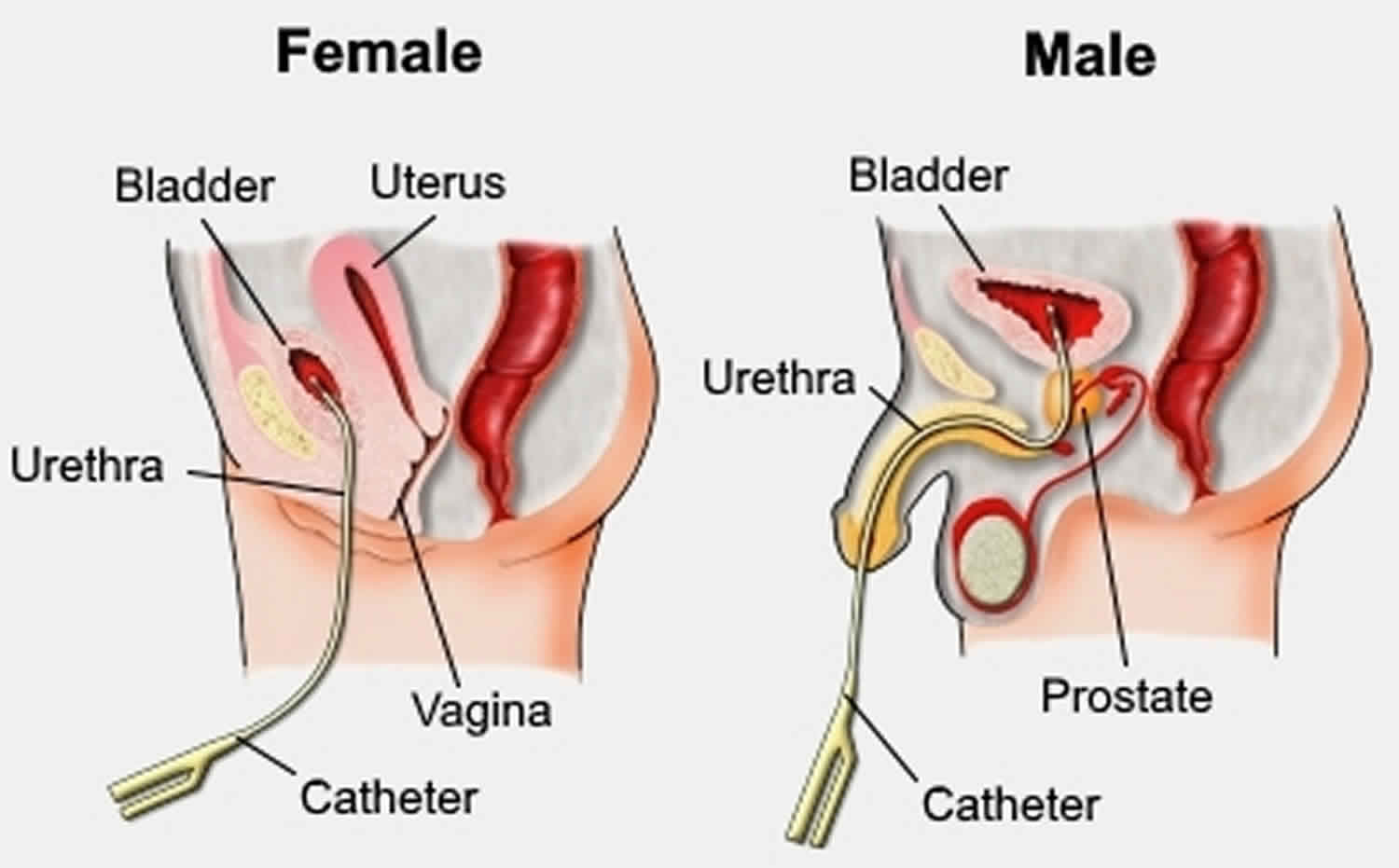
Urinary Catheter Types Of Urinary Catheter Urinary Catheter Complications
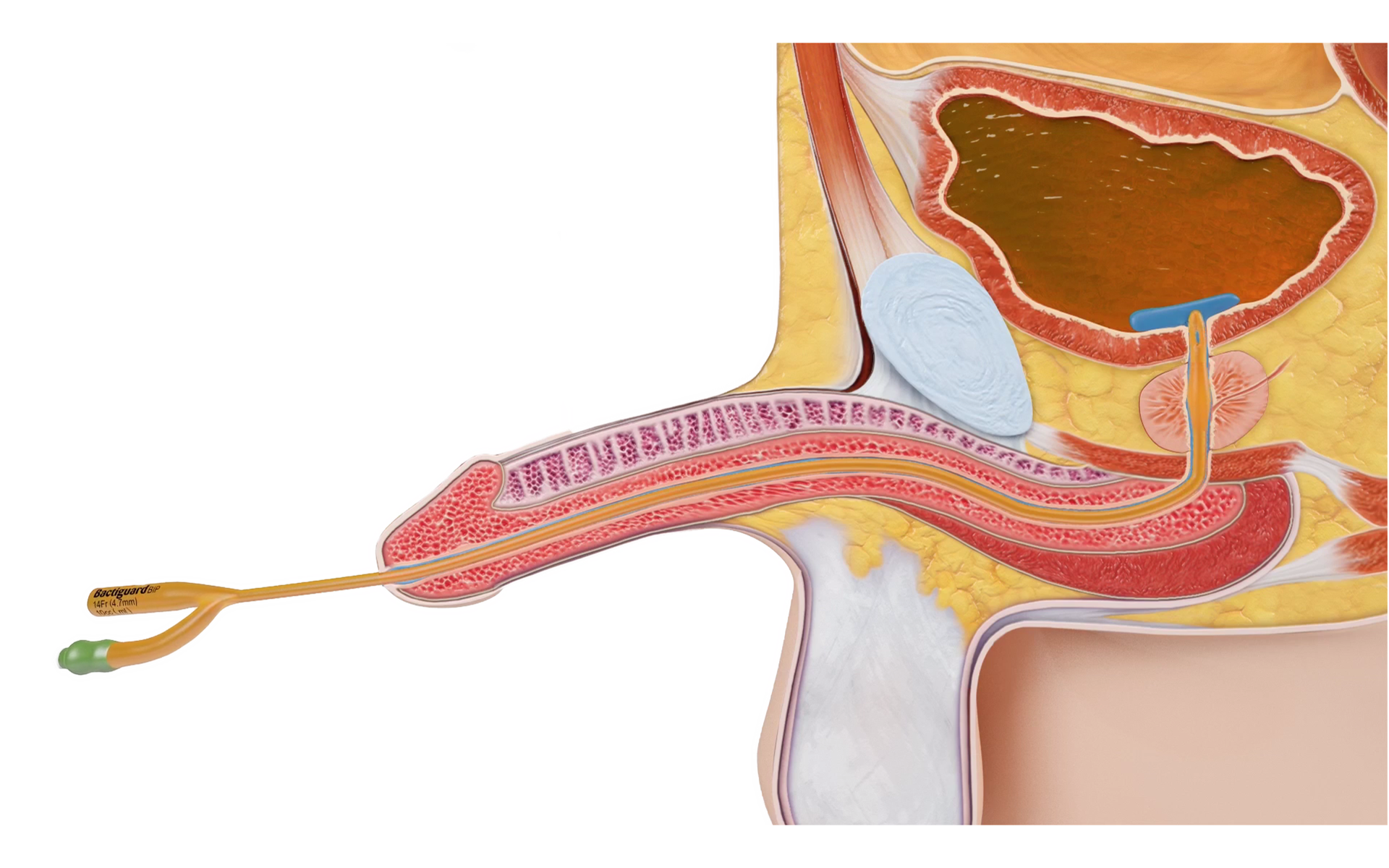
Catheter Treatment Types Bactiguard

How To Prepare For Heal From A Radical Prostatectomy Prostate Surgery Foley Catheter Prostate Surgery Catheter

Urinary Catheters Health Navigator Nz

Foley Catheter Guide Six Tips For Daily Home Care Gazette Review Foley Catheter Catheter Foley

How To Insert A Catheter Into Male Patients Uroshield

Inserting Male Catheter 2019 Fundamentals Clinical Group 4 Youtube Catheter Catheter Insertion Clinic

Red Rubber Catheter Sterile Catheter Foley Catheter Rubber

Role Of Home Care Nursing For Patients With Urinary Catheterization At Home Homecare Nursing Urinary Catheterization Nurse

Living With A Urinary Catheter Catheter Foley Catheter Central Venous Catheter
Measurement Of Urethra Length Using A Foley Catheter Download Scientific Diagram

What Is A Catheter Bladder Bowel Community

How To Use A Straight Catheter For Self Catheterization Male Care Instructions

Amsino International As41024s Amsure 2 Way 100 Silicone Foley Catheter 24 Fr 5 Cc Foley Catheter Catheter Foley
